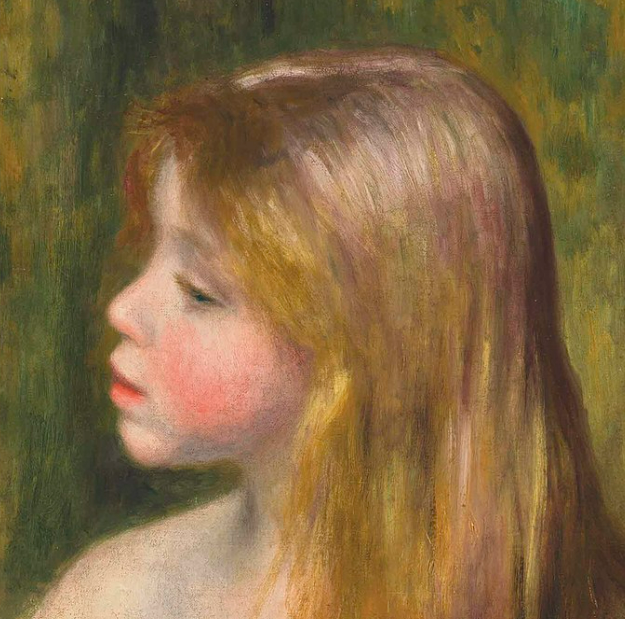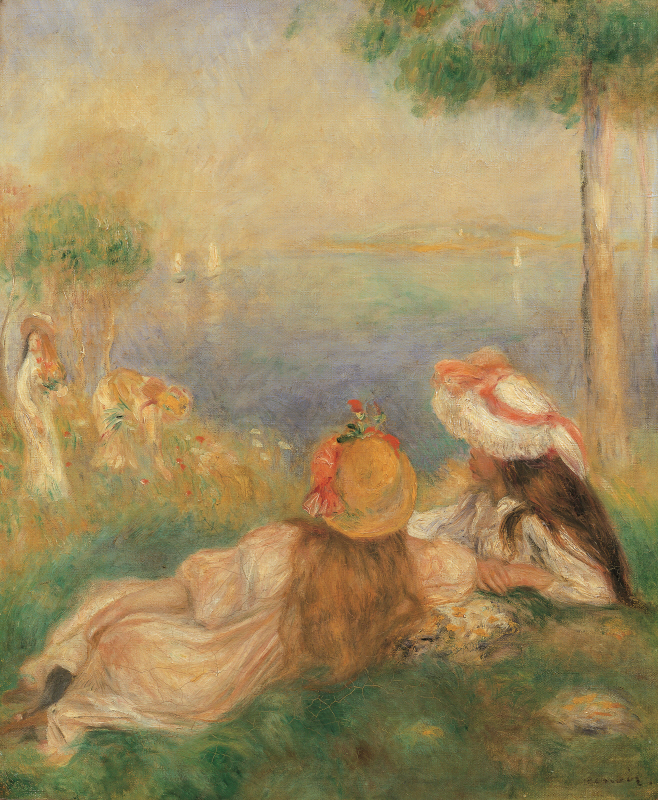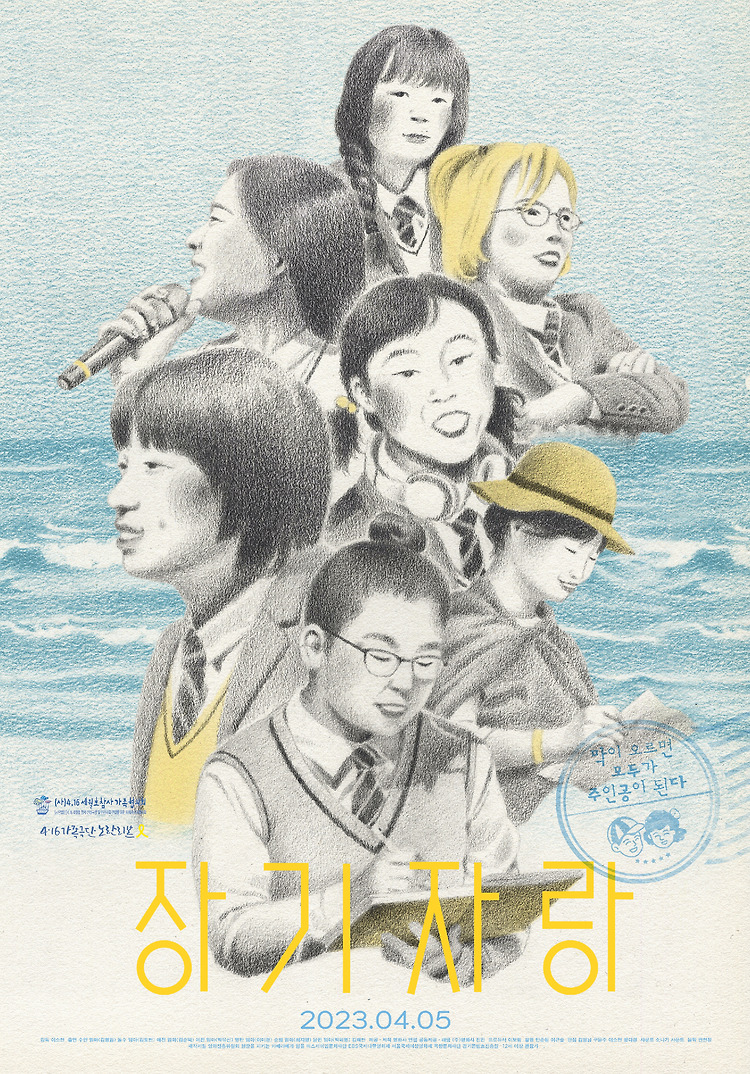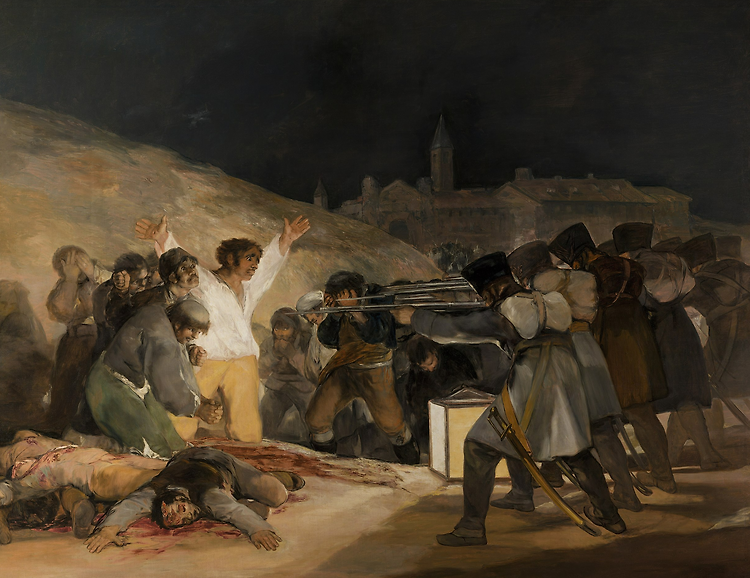Van Gogh suffered an attack of mental ill health in 1888, and he was detained in a mental hospital from May 1889 to May 1890. The director of the hospital, Dr. Peillon, and Van Gogh's brother, Theo, encouraged Vincent to paint in order to aid his recovery. Unable to go out to paint from life, he turned to copying other works, including photographs and engravings. #

The painting depicts a group of prisoners walking in a circle around a claustrophobic prison yard, surrounded by brick walls with a few small arched windows high up. The prisoners are parading past detectives so they would remember the criminal's faces. The work is dominated by depressing tones of blue and green in the shadowy depths of the yard, with splashes of red on the better lit bricks above, and two small white butterflies higher up. One prisoner at the front of the group, without a cap, whose features may resemble Vincent's, has turned his head to look out at the viewer. The scene recalls Van Gogh's own detention, and his psychological isolation.
Just a few months later, Van Gogh shot himself in July 1890, and this was one of the works displayed around his coffin before his funeral. Émile Bernard wrote of
Convicts walking in a circle surrounded by high prison walls, a canvas inspired by Doré of a terrifying ferocity and which is also symbolic of his end. Wasn't life like that for him, a high prison like this with such high walls – so high ... and these people walking endlessly round this pit, weren't they the poor artists, the poor damned souls walking past under the whip of Destiny?




